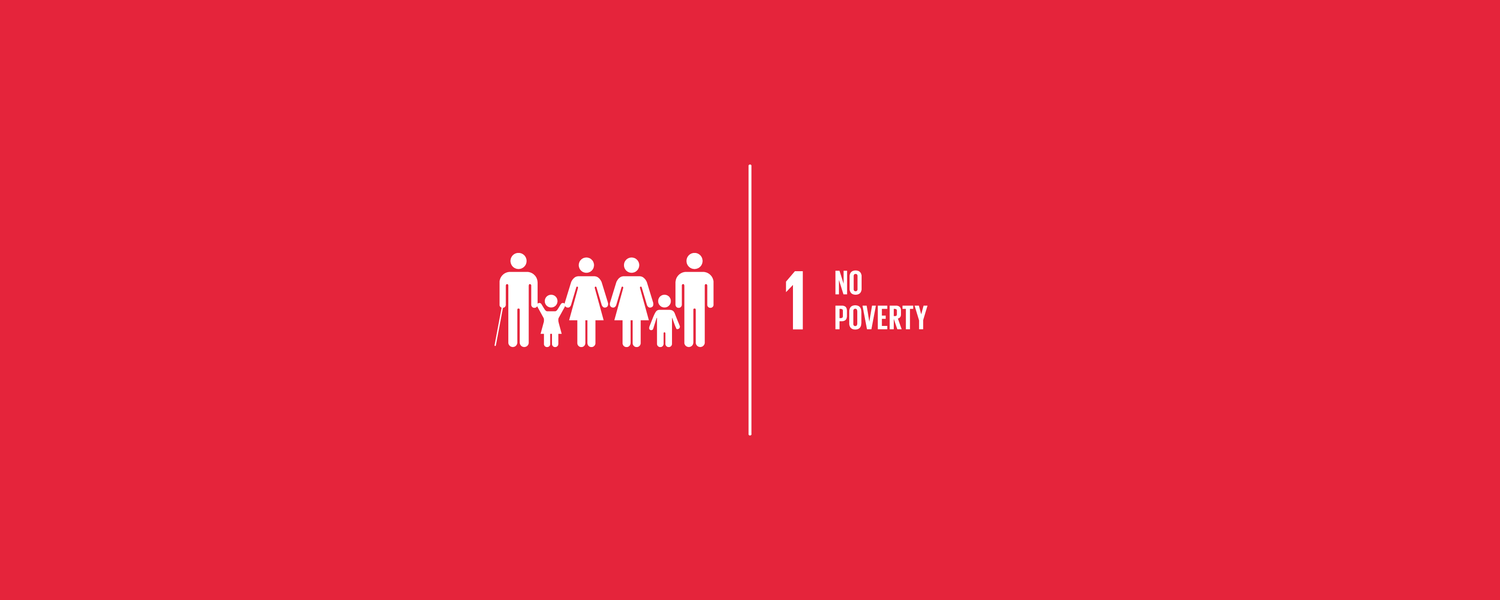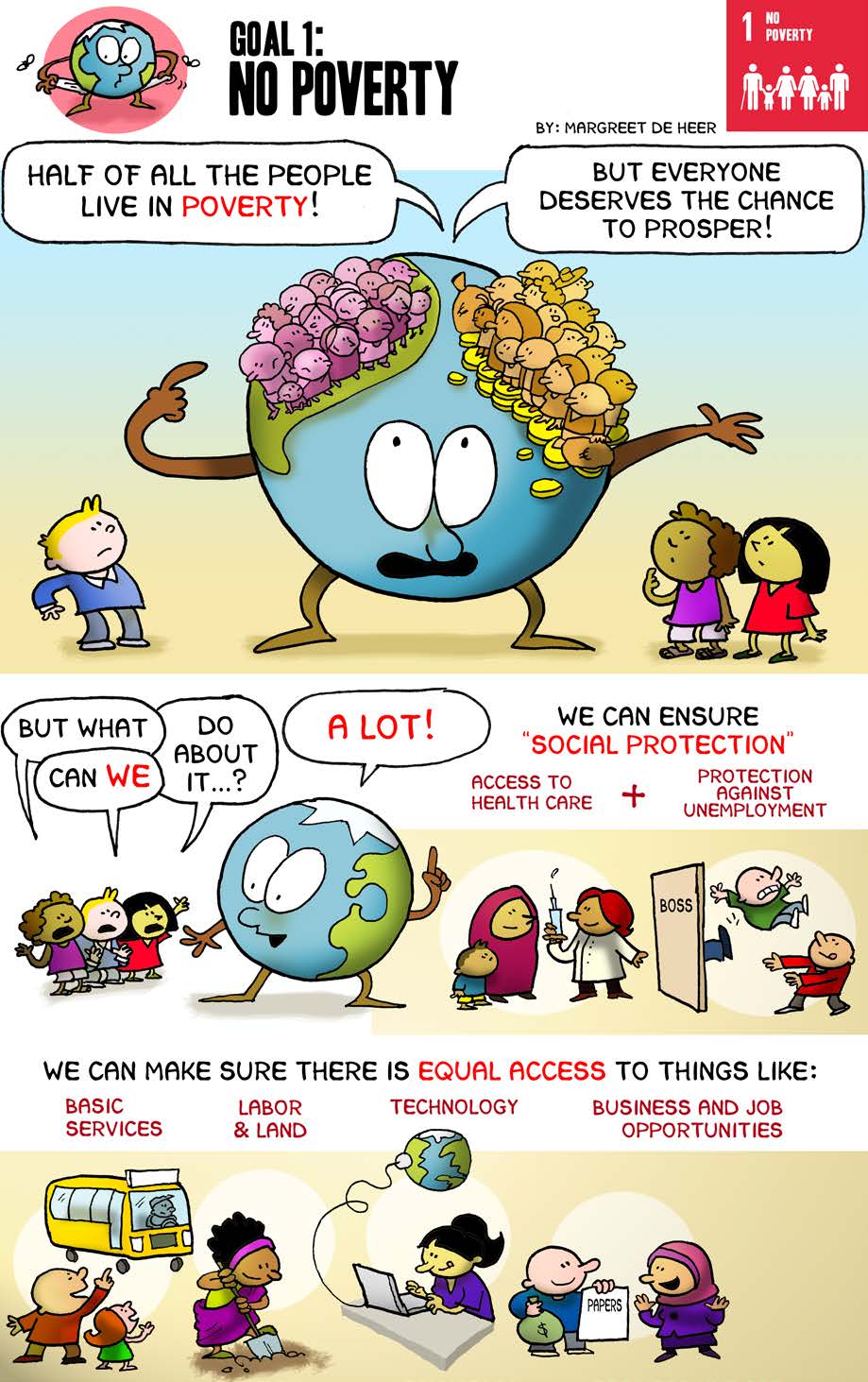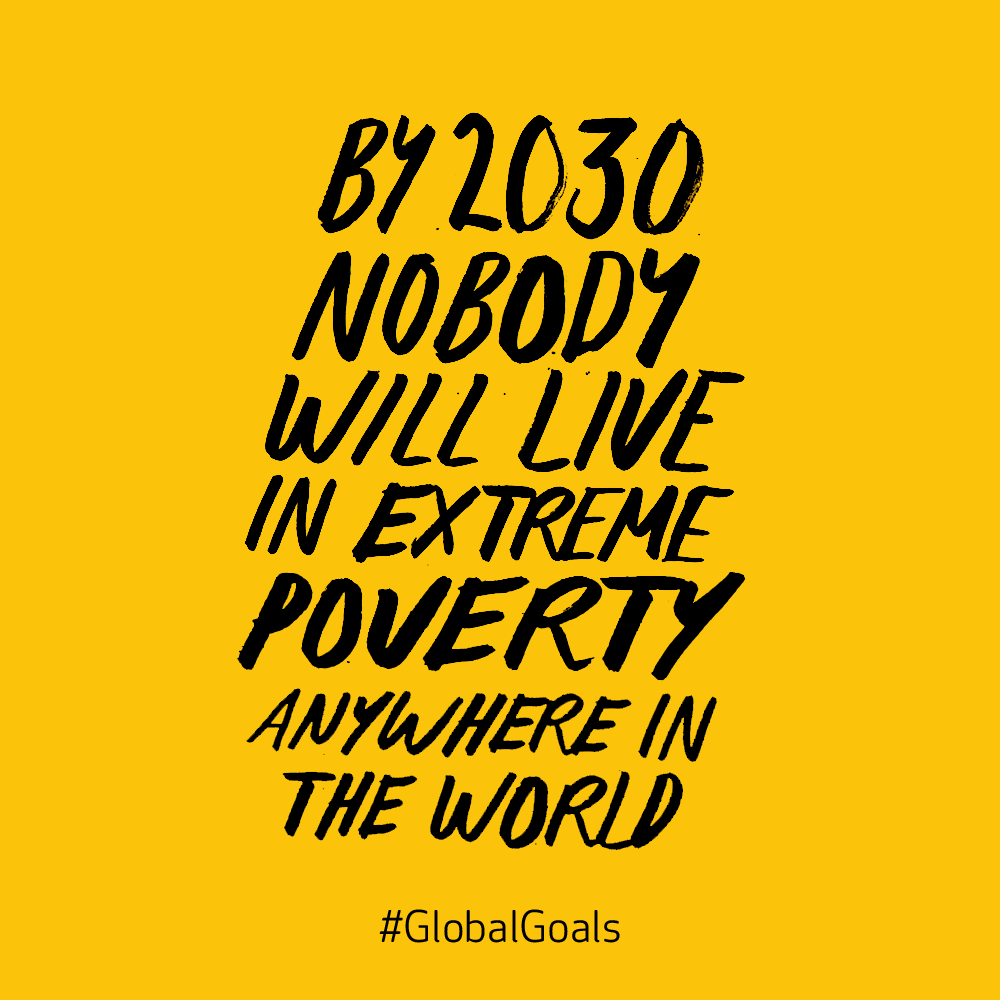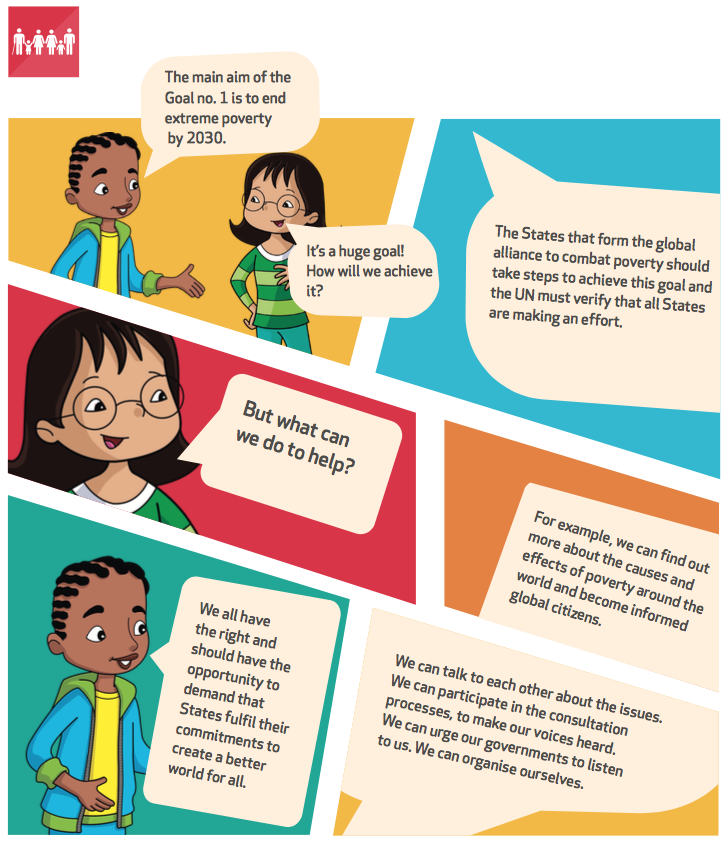1. No Poverty

End poverty in all it’s forms everywhere
Why It Matters

Extreme poverty rates have been cut by more than half since 1990. While this is a remarkable achievement, one in five people in developing regions still live on less than $1.25 a day, and there are millions more who make little more than this daily amount, plus many people risk slipping back into poverty.
Poverty is more than the lack of income and resources to ensure a sustainable livelihood. Its manifestations include hunger and malnutrition, limited access to education and other basic services, social discrimination and exclusion as well as the lack of participation in decision-making. Economic growth must be inclusive to provide sustainable jobs and promote equality.
Fact & Figures
- 836 million people still live in extreme poverty
- About one in five persons in developing regions lives on less than $1.25 per day
- High poverty rates are often found in small, fragile and conflict-affected countries
- One in four children under age five in the world has inadequate height for his or her age
- Every day in 2014, 42,000 people had to abandon their homes to seek protection due to conflict
- In New Zealand nearly one in three children live below the poverty line. 290, 000, 28% aged 0-17 years old, children reside in households with incomes below the threshold for hardship.
Targets

• Ensure that everyone in society is protected against things like unemployment and has access to support services like medical care. This is called social protection and is especially meant to protect and support the poorest and most vulnerable people.
• Ensure resources are allocated to implement social policies that help people who have less money to still have equal access to basic services, labour, land, technology and be able to create companies to grow economically.
• Build the resilience of people with less money so that they are better protected from climate-related extreme events, like floods and droughts, and other economic, social and environmental shocks.
Take Action

- The first step is awareness. The more you know and spread the word the more chance we have to achieving goal 1.
- Donate your time or money to helping a charitable organization that works toward job training, career empowerment or food and clothing distribution.
- Actively engage in policymaking that can make a difference in addressing poverty. It ensures that your rights are promoted and that your voice is heard, and that innovation and critical thinking are encouraged at all ages to support transformational change in people’s lives and communities.
- Science provides the foundation for new and sustainable approaches, solutions and technologies to tackle the challenges of reducing poverty and achieving sustainable development.